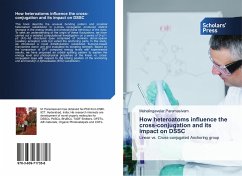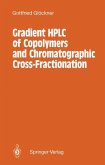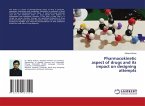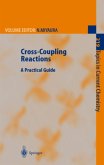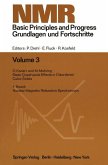This book describs the unusual bonding pattern and proximal heteroatom substitution in p-cross conjugation produced distinct changes in the energy levels and photophysical behaviour of the dyes. To seek an understanding of the origin of these fluctuations, we have carried out a detailed computational investigation on a series of D-p1-p2 (A1)-A2 structured dyes comprised of common donor-spacer (auxiliary acceptor) units but varied the anchoring parts. In this study, we introduced a novel dimethylamino substituted fluorene-based triarylamine donor unit and evaluated its donating strength. Based on the comparison of DFT computed energy levels with experimental results, we have proposed an orbital splitting pattern to explain the energy level and photophysical properties of the linear vs. cross-conjugated dyes with respect to the linking position of the anchoring unit and benzo[1,2,5]thiadiazole (BTD) substitution.
Bitte wählen Sie Ihr Anliegen aus.
Rechnungen
Retourenschein anfordern
Bestellstatus
Storno

